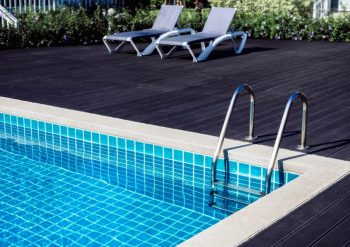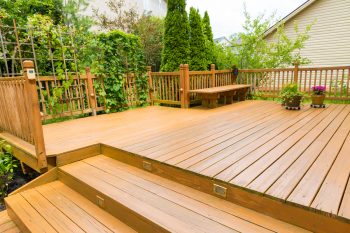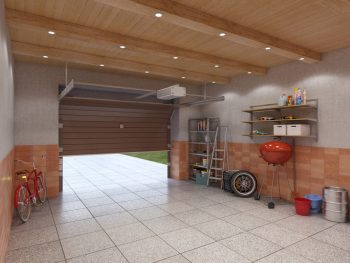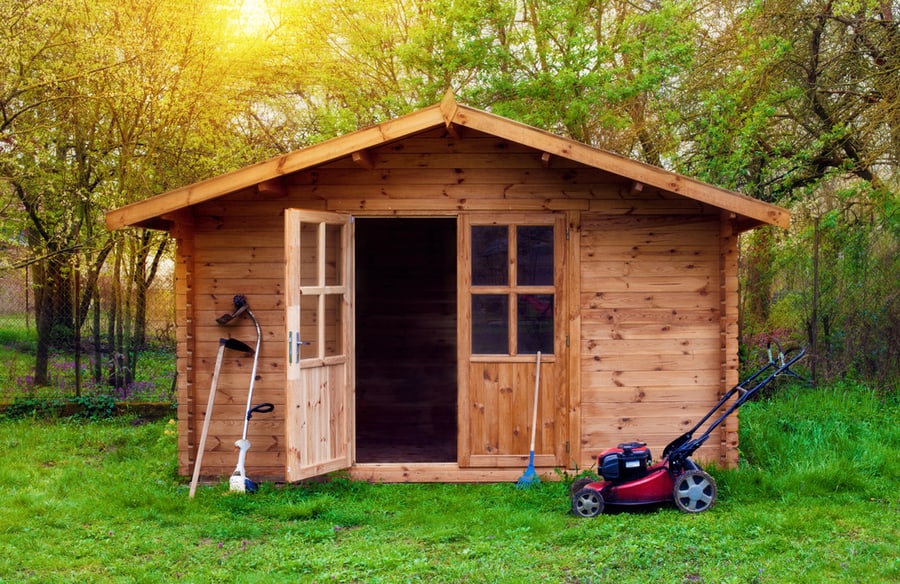
Anchoring a shed is a vital step that most people often overlook. An anchored shed has more strength and stability, ensuring that it doesn’t get carried away during a windstorm or flood. It also protects the shed and its items from damage while making it a safe place to be in.
You might argue that you don’t live in a storm or flood-prone region, but you never know when an unexpected storm might hit. It is better to be safe than sorry.
While the most popular shed anchoring methods involve concrete use, ways such as auger-style anchors do not require concrete.
You must secure your shed to remain steady even during windstorms or floods. However, you might have reservations about using concrete for anchoring, especially if the structure is not permanent. Unfortunately, placing a couple of blocks in the shed won’t cut it.
Reliable shed anchoring solutions that do not involve the use of concrete include:
- Use of ground augers.
- Mobile home tie-downs.
- Use screw piles.
This article will look at ways to anchor your shed without using concrete. We’ll also discuss why anchoring your shed to the ground is essential.
Ways To Anchor Your Shed Without Concrete
Whether or not you live in a high wind zone or flood-prone area, anchoring your shed will give you peace of mind. Here are reliable ways to anchor your shed without using concrete.
1. Use of Ground Augers
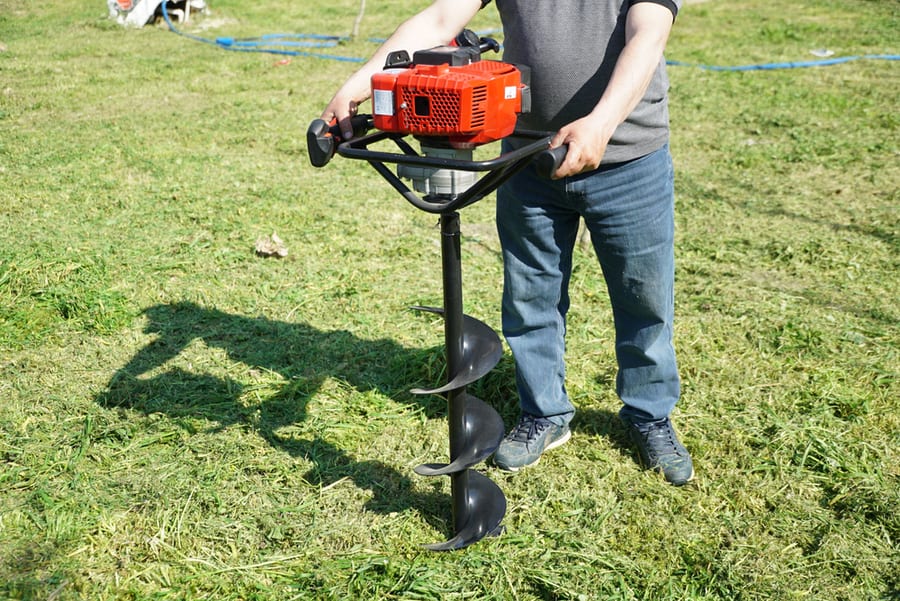
Ground augers are anchor screws that resemble large corkscrews on the bottom end that goes into the ground. They also have a hook on the top to attach a cable that you can use to secure the anchors to different points of the shed.
You can anchor your shed using ground augers in several ways. However, the first steps of installing the augers are the same. They are:
- Screw the auger into the ground.
There are different types of augers. Some will require that you insert a steel rod through a chord on the auger and then remove the rod after screwing the auger into the ground. Others will need you to drill them into the ground using a power drill.
Whichever the method, ensure that you install the auger as close to the building as possible while avoiding rocky patches to avoid damaging the auger.
- Ensure that you drive the auger as deep as possible until only the eye of the auger is left on the ground.
- Pass one end of a cable through a cable clamp and then insert it through the hook of the auger. Form a loop with the cable by passing it back through the cable clump in the opposite direction pulling an inch or two of the cable through the clump. Tighten the nuts on the clump using a socket wrench.
After this step, you can secure the anchor in three different ways, including:
1. Looping the Cabled Auger Around the Shed’s Skids
To secure ground augers using a shed’s skids, you’ll need to pass the other end of the cable(refer to the previous step) through another cable clump and loop it around one of the shed’s ground frames. Afterward, tighten the nuts on the clump.
Replicate the process on the other corners of the shed. For maximum anchorage, consider installing the auger even on the midpoints of each frame.
2. Bolting the Cabled Auger to the Outside of the Shed
Where you don’t have access to the shed’s underground, you can mount a strong tie-down steel ring on the side of the shed and use it to secure the anchor. Install the tie-down rings on all four corners as you tighten the nuts on the clumps.
3. Looping the Cabled Auger Over the Inside Structures of the Shed
Alternatively, you can have long custom cables on two of the anchors. Thread up the cable on the sides of the shed into the roof and between the rafters. Join each long cable to its mate on the opposite side of the shed and bond them using a thimble and cable clamps.
2. Mobile Tie-Downs
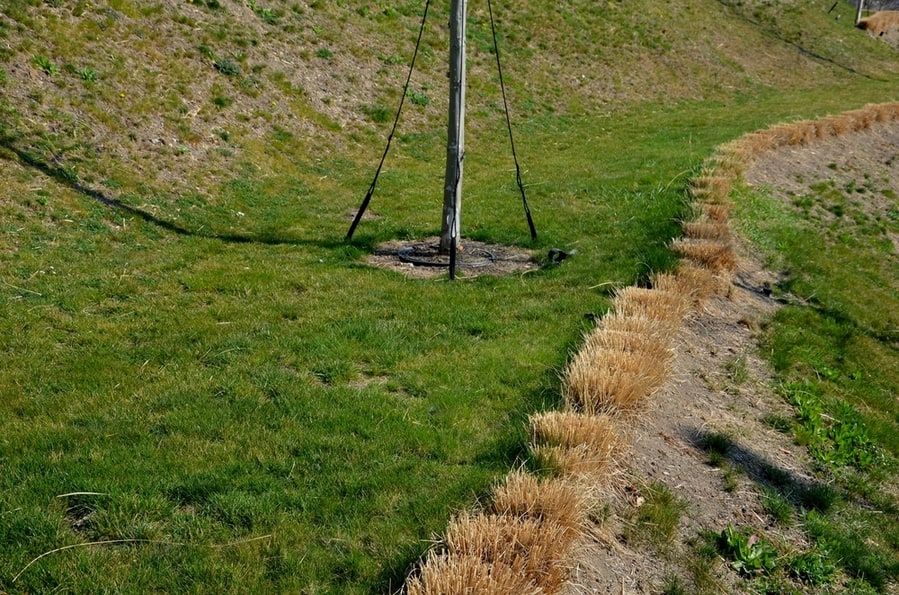
Mobile tie-downs are heavy-duty straps and anchors that can keep your shed in place. There are different types of anchors, including auger and rock anchors, which makes it possible to use the tie-downs in any soil type.
3. Using Screw Piles
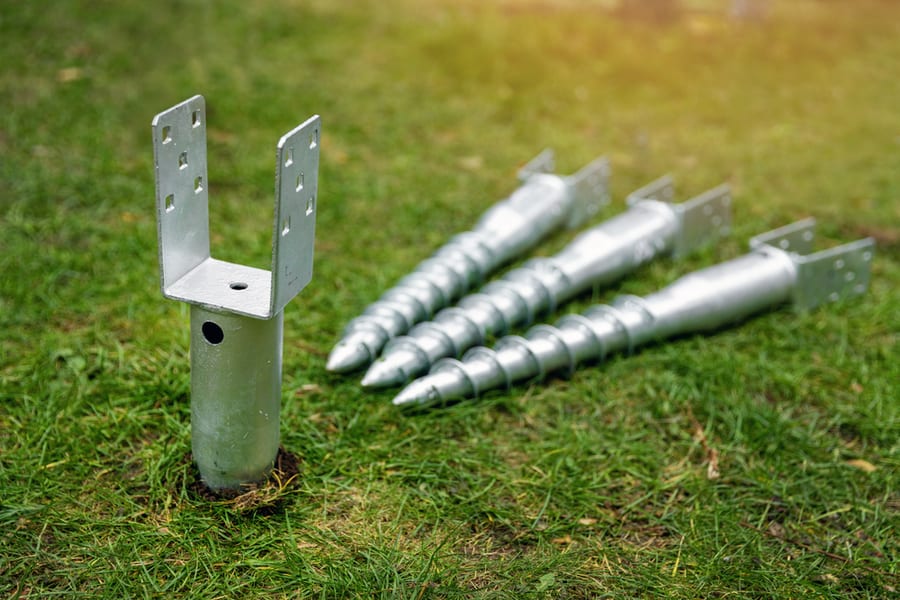
Screw piles are galvanized steel posts with a screw-like bottom and a flat pile head. To install the screw piles, you can use a handheld power drill or an excavator.
You can then place the wooden beams on the flat U-bracket on top of the screw pile and join the beams to the screw piles using bolts. This method is excellent for anchoring your shed and providing an even foundation for the shed.
The material used for the shed will significantly determine the strength of anchorage it needs. The size of the structure, user preference, and soil conditions will also influence the number and placement of anchors.
Importance of Anchoring Your Shed
Anchoring your shed has invaluable benefits. They include:
1. Adding Stability and Strength
Most plastic and metallic sheds are unstable and rattle at the lightest movement, including opening the door. By anchoring the shed to the ground, it becomes more stable so that you can work inside it.
2. Preventing Damage
Anchoring your shed is simply a way to protect it so it can protect whatever items you have stored. It also prevents accidents that often occur when the wind blows off a structure.
3. Meeting Local Regulations
Most areas have regulations on how buildings and structures should be secured. Meeting such regulations will save you the cost of non-compliance penalties.
4. Saving on Insurance Costs
You’re more likely to pay higher insurance premiums if you have an unsecured structure in your property. To cut down on this, it’s best to anchor all your structures, including sheds.
Takeaway

By anchoring your shed, you’ll not only be protecting it and its contents, but you’ll also be protecting yourself and the other people around you. You’ll also avoid regulatory penalties and save on your insurance costs. If you prefer not to have a concrete foundation, you can give the alternative methods in this article a shot.
However, it is necessary to consider how you’ll combat pests, especially with wooden sheds.
Frequently Asked Questions
How Can I Protect My Shed From Blowing Away?
You can invest in mobile home tie-downs with an anchor system to protect your shed from blown away by the wind.
Should You Anchor Your Shed on Pavers?
While pavers might work when anchoring a lightweight shed in an area with little wind, it is best to avoid using them to anchor your shed.
How Many Anchors Does a Shed Need To Have?
For a small shed, you can have at least four anchors, one on every corner. However, for larger sheds or areas with loose soil, you can add an extra anchor at the midpoint of each side of the shed. This will ensure maximum anchorage.

